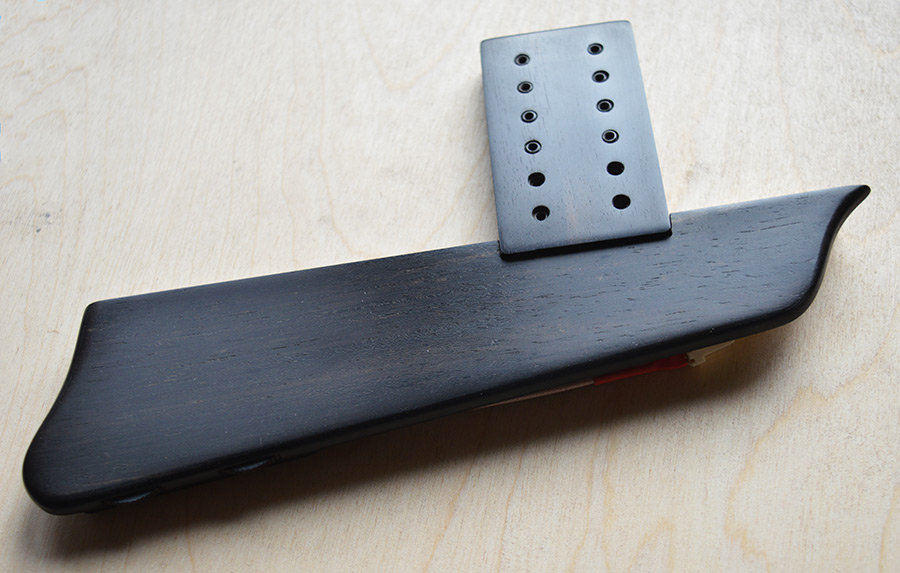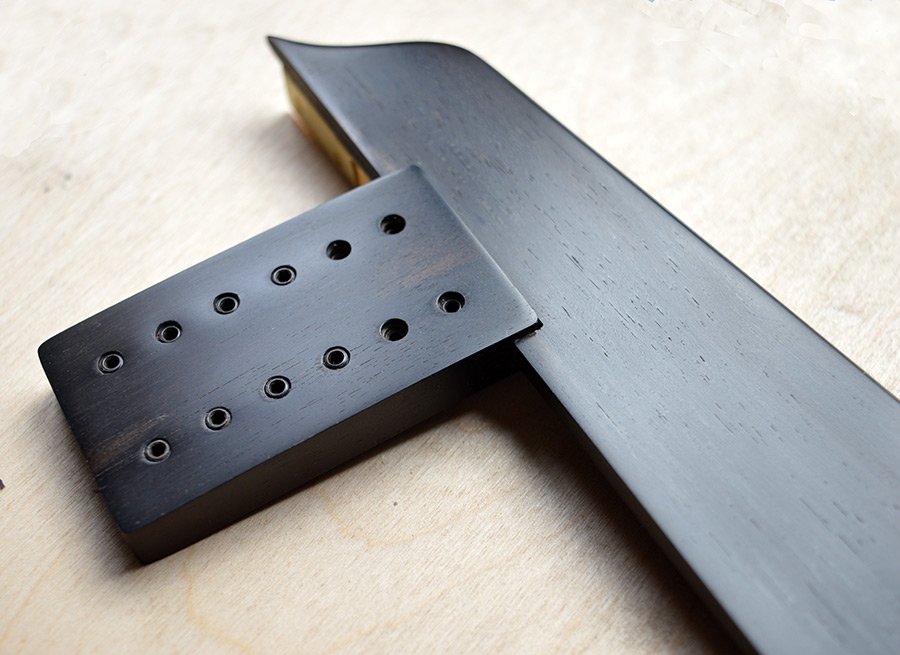Not long ago I designed a pickguard for my Siracusa model with new pots of long rotational life, explained here. Not much later I did the same for the tailpiece of my Berlin II guitars, here. A couple of months ago it was the turn of the Siracusa 16 tailpiece.
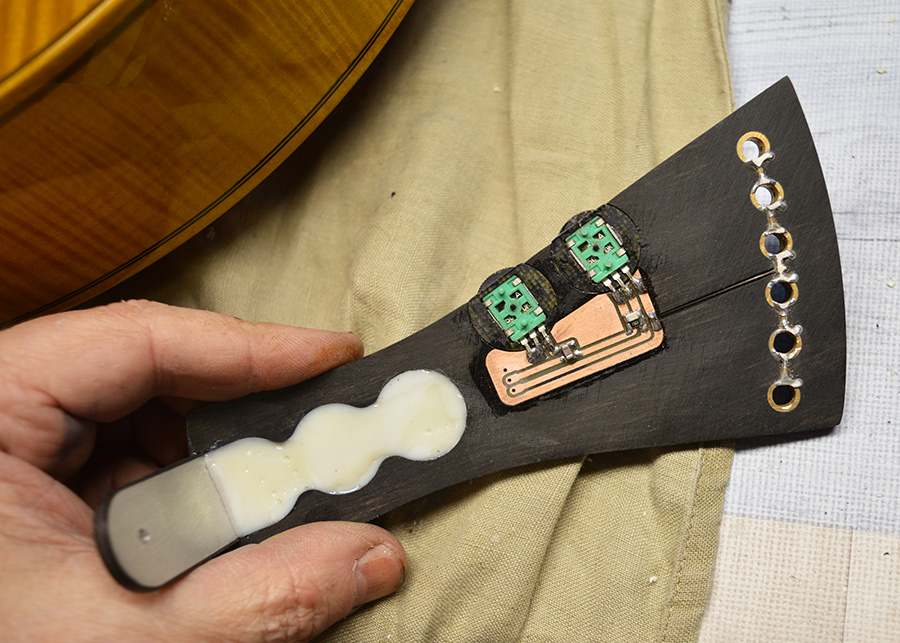
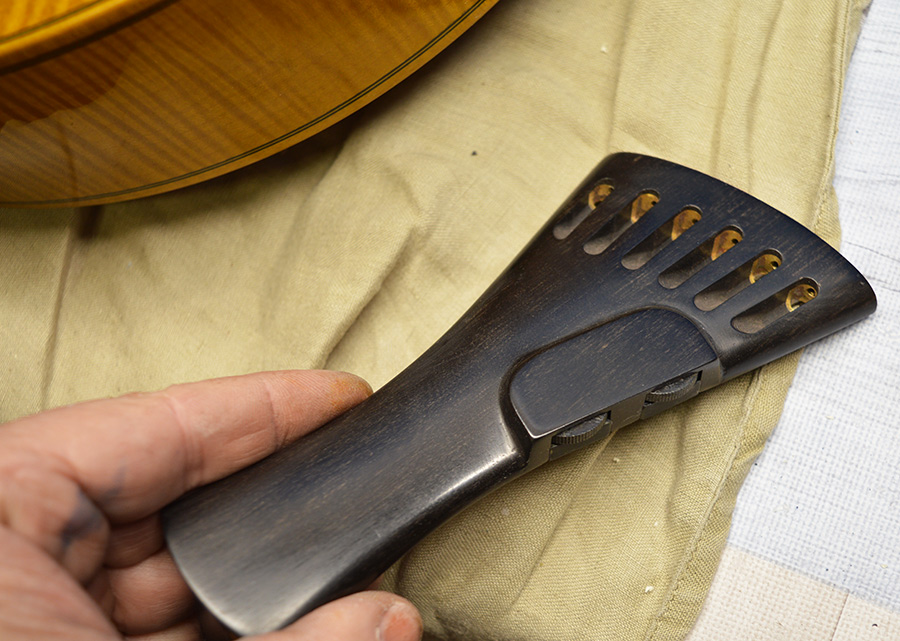
This is the guitar where I installed that tailpiece:
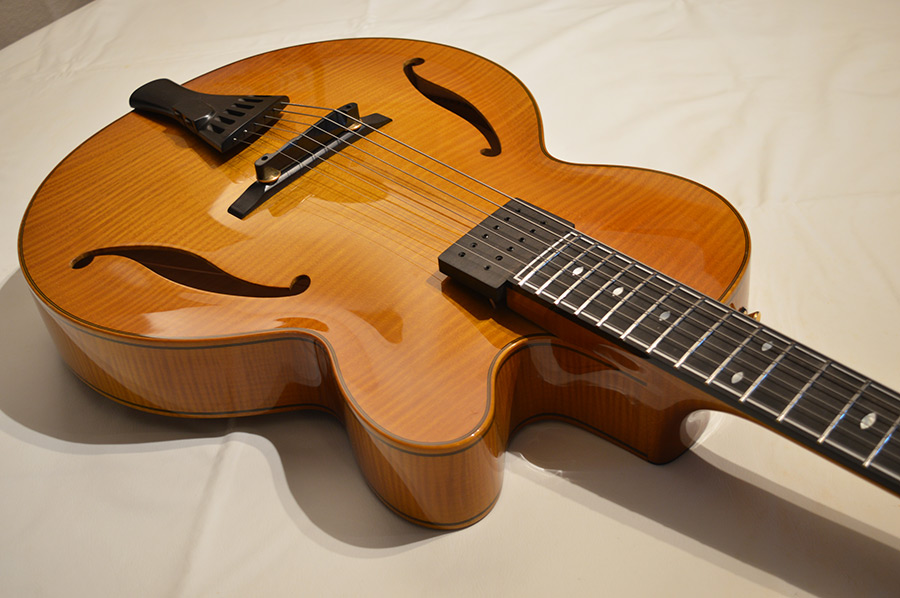
It is a Jamaica, not a Siracusa! I’ll use the tailpiece soon (or maybe something similar) for an interesting variation on the Siracusa 16 that I’ll comment here.
That guitar was the first one that had a “cable tensioner”, a small piece at the jack that tightens the internal cable that goes from the pickup to the jack without stressing the connections. I’ll explain that in a future post.
On the other hand, yesterday I finished the update to new long-life pots of my traditional pickguards. I was able to make them protrude more or less the same as the previous pots:
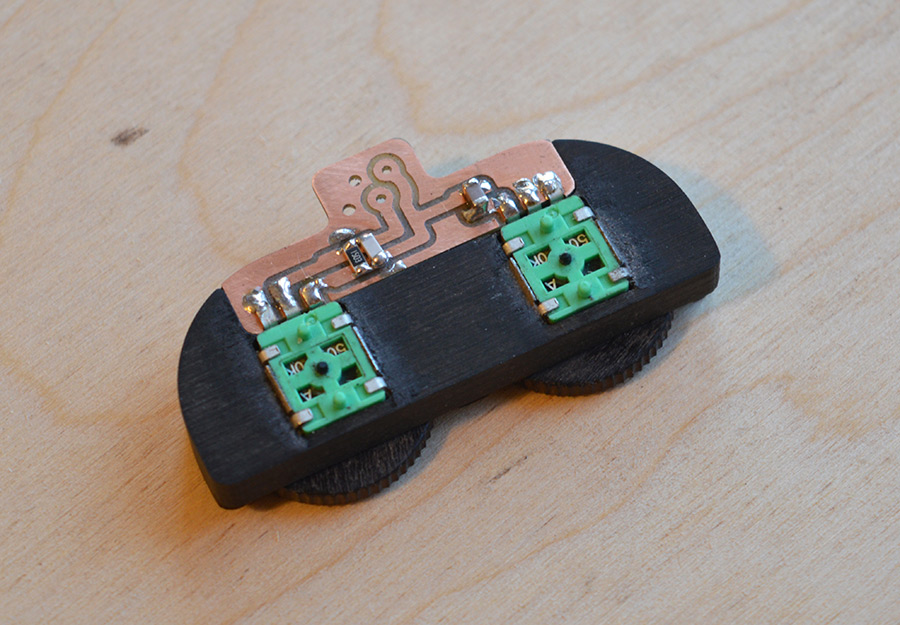
The wheels are made of black fiberglass:
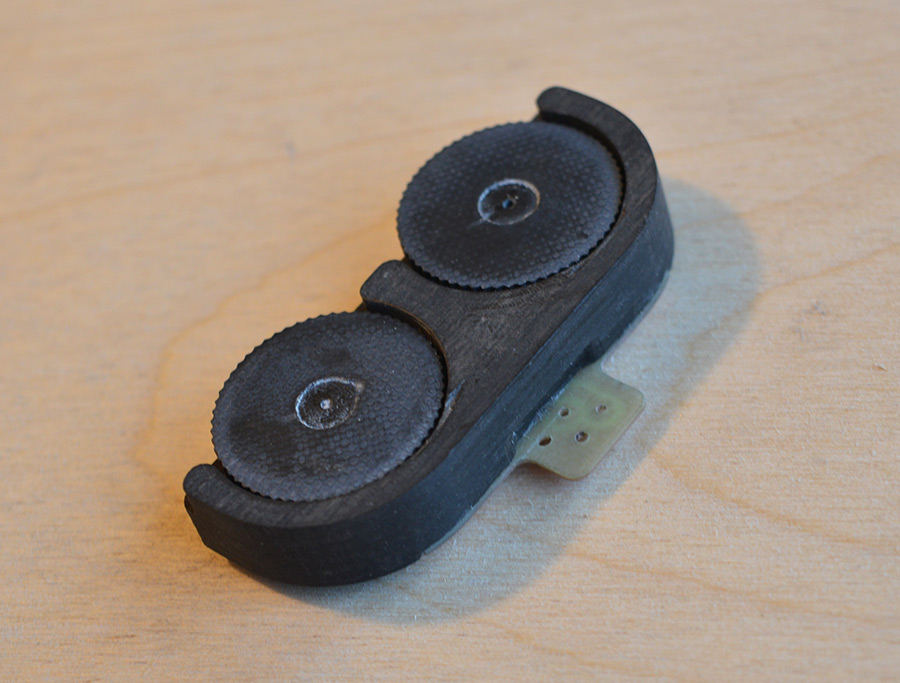
It has a “treble bleed” circuit, as you can see. All the components are SMD. The capacitors have a C0G dielectric, stable and non piezoelectric.
The pickguard, before installing the pot chassis and the pickup:
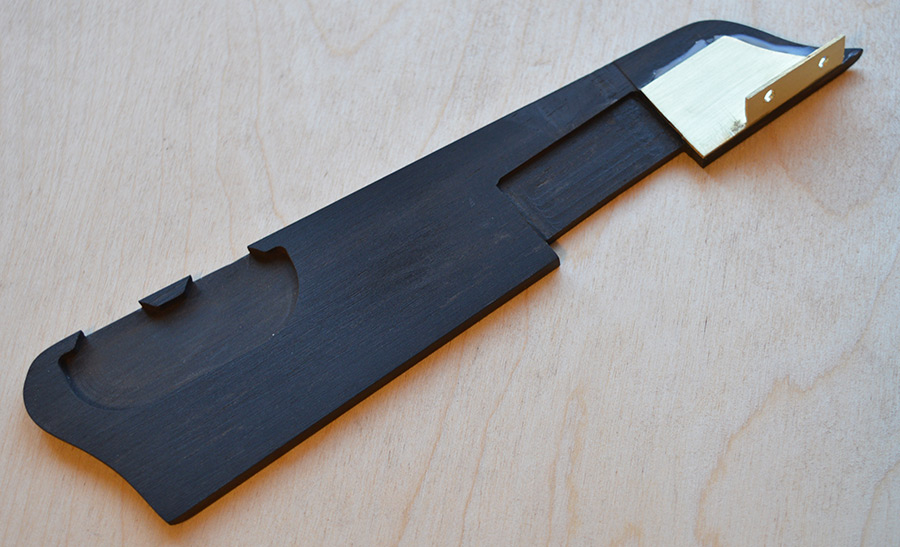
Ready to install it:
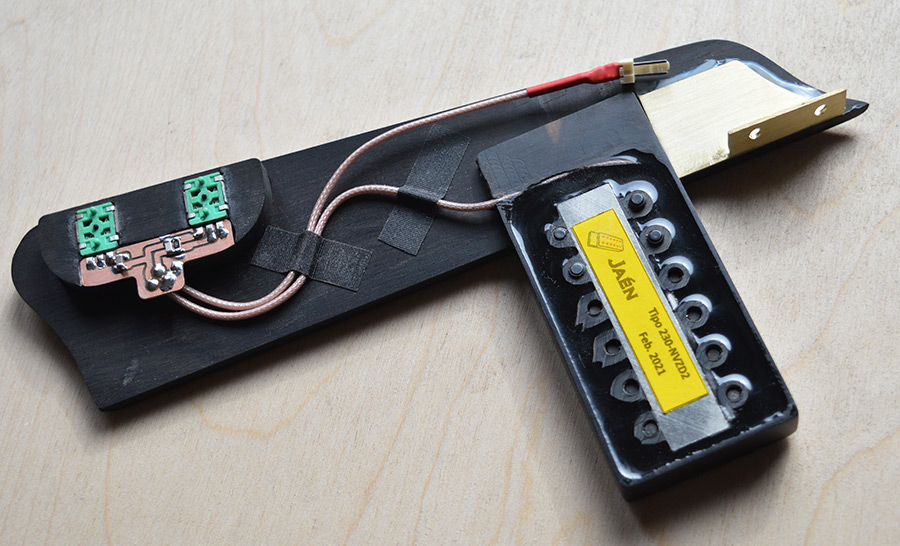
This looks easy, but adapting one of these to a guitar needs a lot of measuring and fine tuning, and many times attaching and removing it until it’s perfect. I’ll show the guitar soon.
The pickup is a “Type 230”, the best floating pickup that I make. It’s just like the one in the beautiful guitar above, but attached to the pickguard instead of to the neck.
All the components are made of ebony: the pickguard, the pot chassis and the pickup case.
